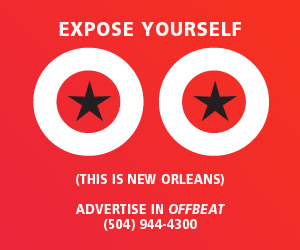 |
The first thing that absolutely must be clear in any review of this box set is that it is not a John Coltrane album. There are no, as in zero, Coltrane compositions on this four CD package. None of the albums the project is culled from were initially released under Coltrane’s name—“Dakar” is a reissue of one side of a release originally designed as an ultra-long playing 16 rpm disc. Coltrane is a sideman throughout this set, and not necessarily the featured sideman, either. Only those who are meticulous collectors or dedicated students of Coltrane’s history will consider this a necessary purchase for its Coltrane content.
This is not to say that it’s a worthless collection. Far from it, it features a handful of very good jazz recordings from the late 1950s on the Prestige label, great examples of the “blowing sessions” that were popular at the time. Blowing sessions were one shot jams recorded on the spot, often with players who didn’t work together regularly, loosely organized around a series of compositions by one of the musicians on the gig.
The set does a much better job of showcasing the underappreciated pianist Mal Waldron than it does Coltrane. Waldron, a musical brother to Thelonious Monk, shared Monk’s love of piquant melodic content, brevity, wit and the blues. The box includes two sessions originally released under Waldron’s name and several blowing sessions where he wrote most of the material and clearly led the date in everything but name. Saxophonist/flautist Frank Wess and guitarist Kenny Burrell are among the many musicians who shine here. Mostly this collection demonstrates the creativity and love of music Prestige showed by bringing such unique collaborations to light. The very impromptu nature of these sessions often produced a wonderful spontaneity.
The album’s title reflects that fact. These are wonderfully egalitarian affairs where everyone gets a chance to shine (or disappoint) on just about every track.
As for Coltrane, there are some moments that anticipate the greatness he would become known for, especially toward the end. Whereas on disc one the chronologically sequenced tracks show a Coltrane who didn’t always complete his ideas and was still feeling his way toward his sound. By the end of these sessions, he had certainly defined his voice although he still hadn’t figured out what he was going to do with it.
At the beginning sequence of these tracks in 1956, Coltrane was a heavy drinker and heroin addict who was about to be fired from the Miles Davis group. Fortunately, that shock led to his decision to stop drinking and drugging and made him available for the opportunity of a lifetime, the chance to join forces with Thelonious Monk, a transformational experience that is better reflected in the recently discovered 1957 Carnegie Hall concert than on the sessions included here.




